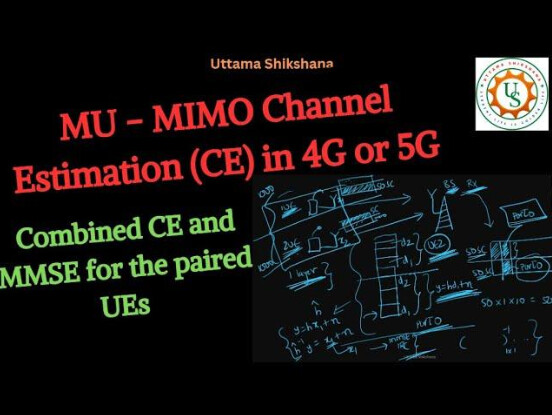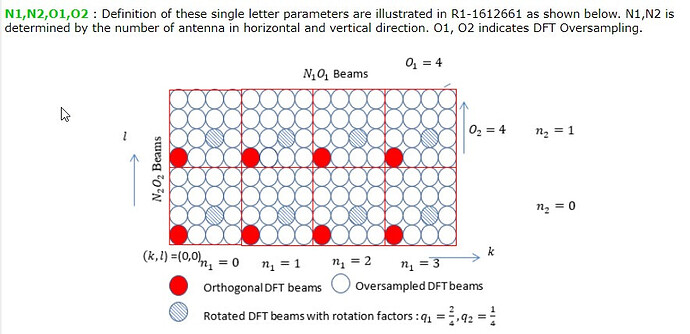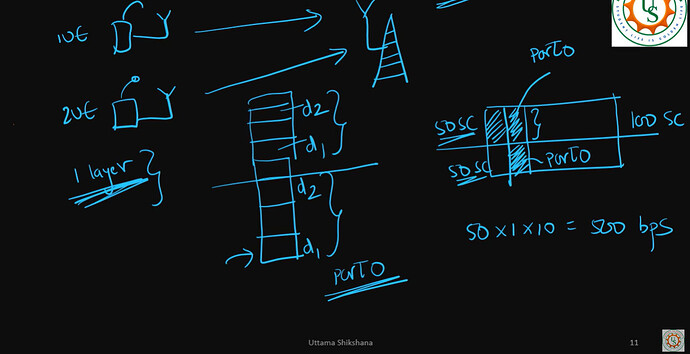Number of bubles here should equal to antenna element in the physical antenna right?
No it is the number of ports multiplied by the oversampling factor O.
For example:
N1 = 4
O1 = 4
There will be 4×4 = 16 beam horizontally
N2 = 2
O2 = 4
There will be 2×4 = 8 beam vertically
Thanks, I think I understood MU-MIMO now ![]()
Just the question those dft beams are similar to CSI-RS beams (32 ports for instance).
What is the relation between csirs ports and dft beams?
When N2 is bigger than 1 the antenna array are Uniform planner array and you can do beamforming (move the beam) in vertical and horizontal direction (2D).
When N2 = 1 you have a uniform linear array and you can move the beam horizontally only (1D).
I think it is explained down in Sharetechnote page. I personally didn’t link those concepts together yet in my mind…
This post can help you understand this image in more detail, for the record this method is called grid of beams Precoding → Grid of Beams GoB precoding in 5G
I think what was confusing here and sharetechnote article: gNB actually does not need csi.rs for DL channel estimation and adjust weights, SRS is good at cell center.
@Jaeku_Ryu (ShareTechNote) always implies csi-rs and codebook together… which confused me a lot. ![]()
It suggest reading this short article too: Types of beamforming in 5G:
You can use either, SRS or CSI-RS from my understanding.
Please check this Samsung Technical White Paper about the topic here now. ![]()
Really good article to tell people the general principles. ![]()
I think I figured out the type 1 and type 2 from 5G NR Bullets, which I read again and again but only now it is clear. ![]()
Thanks guys brainstorming was really good! ![]()
From Samsung white paper,
I think type 1 uses either SRS or CSI-RS.
Type 2 uses SRS.
Nope… per my understanding both PMI and SRS possible for type 2.
Right, you are correct ![]()
What indeed determines the performance of type 2?
Which algorith is used, zero forcing or non zero forcing?
And now I have to understand the difference… (Holy, never finish ![]() )
)
If we continue like this brainstorming 1 week, we will figure out all about MU-MIMO! ![]()
Those are quite complicated topics.
Correct ![]()
![]()
This is a good (advanced) video on MU-MIMO calculations:

I tried to put a little bit more detailed / consolidated note on this topic :
https://www.sharetechnote.com/html/5G/5G_MassiveMIMO_MU_MIMO.html

